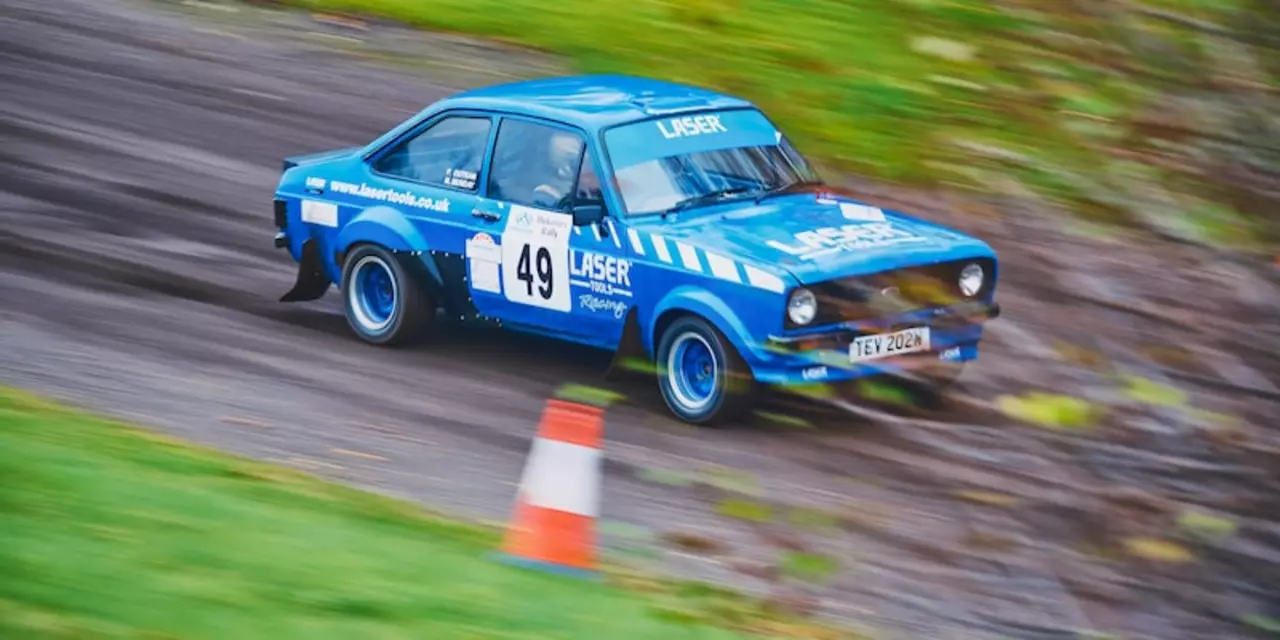Dirt Rally: How to Conquer Mud, Gravel and Snow
If you love the smell of wet earth and the sound of tires screaming on loose ground, you’re in the right place. Dirt rally isn’t just about speed; it’s about control, the right setup, and a few know‑how tricks that keep you upright when the track disappears into a cloud of dust.
First off, let’s talk about the car you’ll be driving. Most dirt rally racers choose a hatchback. Why? Hatchbacks sit low, have a balanced weight distribution and are light enough to slide around tight corners without breaking a sweat. Their compact shape makes them easy to fit into narrow forest tracks, and the rear hatch offers quick access to the engine for on‑the‑fly tweaks. In short, a hatchback gives you the handling and agility you need on unpaved roads.
Why Hatchbacks Rule Dirt Rally
When you hit a mud‑filled stage, traction is everything. A hatchback’s lower center of gravity means the car’s weight stays planted, reducing the chance of a high‑speed flip. The front‑engine layout also pushes more weight over the front wheels, which helps you pull through loose sections without spinning out. Plus, most hatchbacks come with a decent amount of factory torque, so you don’t have to over‑rev to get moving on steep hills.
Another perk is cost. Compared to a full‑blown 4WD monster, a hatchback is affordable and easy to modify. Swap in a short‑shifter, upgrade the suspension with dampers tuned for gravel, or fit a limited‑slip differential – all without breaking the bank. That’s why many club‑level racers start with a sturdy hatchback before moving up to more exotic machines.
Handbrake & Driving Tricks for Loose Surfaces
Now that you’ve got the right car, it’s time to master the handbrake. In dirt rally, the handbrake isn’t just a safety tool; it’s a corner‑entry weapon. Pull it just enough to lock the rear wheels, let the car rotate, then ease off as you straighten out. This technique, often called a “hand‑brake turn,” lets you hug tight hairpins that would otherwise force a wide arc.
Combine the handbrake with a little throttle feathering. On gravel, a burst of power can break wheel spin and push you forward, but too much will send you sliding sideways. Find the sweet spot where the wheels bite just enough to pull you ahead without losing traction.
Don’t forget the co‑pilot. In dirt rally, the navigator’s pace notes are your lifeline. They’ll call out every jump, dip, and blind corner before you hit it. Trust those notes, and you’ll be able to anticipate the terrain instead of reacting to it.
FWD cars also have a place in dirt rally, especially on looser surfaces where front‑wheel drive can provide consistent pull. While RWD and 4WD give you more rear‑end power, a well‑tuned FWD hatchback can still be competitive if you keep the weight over the front axle and use the handbrake to rotate the car when needed.
Finally, prep your tires. Mud‑specific tread patterns push large chunks of earth out of the way, while a softer compound lets the tire grip softer ground. Change your tire pressure based on the stage: lower pressure for deep mud to increase the contact patch, higher pressure for dry gravel to reduce rolling resistance.
With the right car, a solid handbrake technique, and good pace notes, you’ll be ready to tackle any dirt rally stage. Get out there, feel the mud under the wheels, and enjoy the pure, unfiltered thrill of off‑road racing.

Does simulated dirt rally racing help with real life rally driving?
Simulated dirt rally racing can improve a driver's real life rally driving skills. The simulation offers an immersive experience, allowing the driver to hone their skills in a realistic, yet safe environment. It also allows them to practice their driving techniques and strategies without the risk of damaging their vehicle. Simulated rally racing can help drivers to become more aware of their surroundings and to better understand how to react to road or terrain changes. Additionally, it can help drivers to become more familiar with the cars they will be driving in actual rally events. Finally, simulated dirt rally racing can help drivers to develop the confidence they need to tackle the challenges of a real rally course.